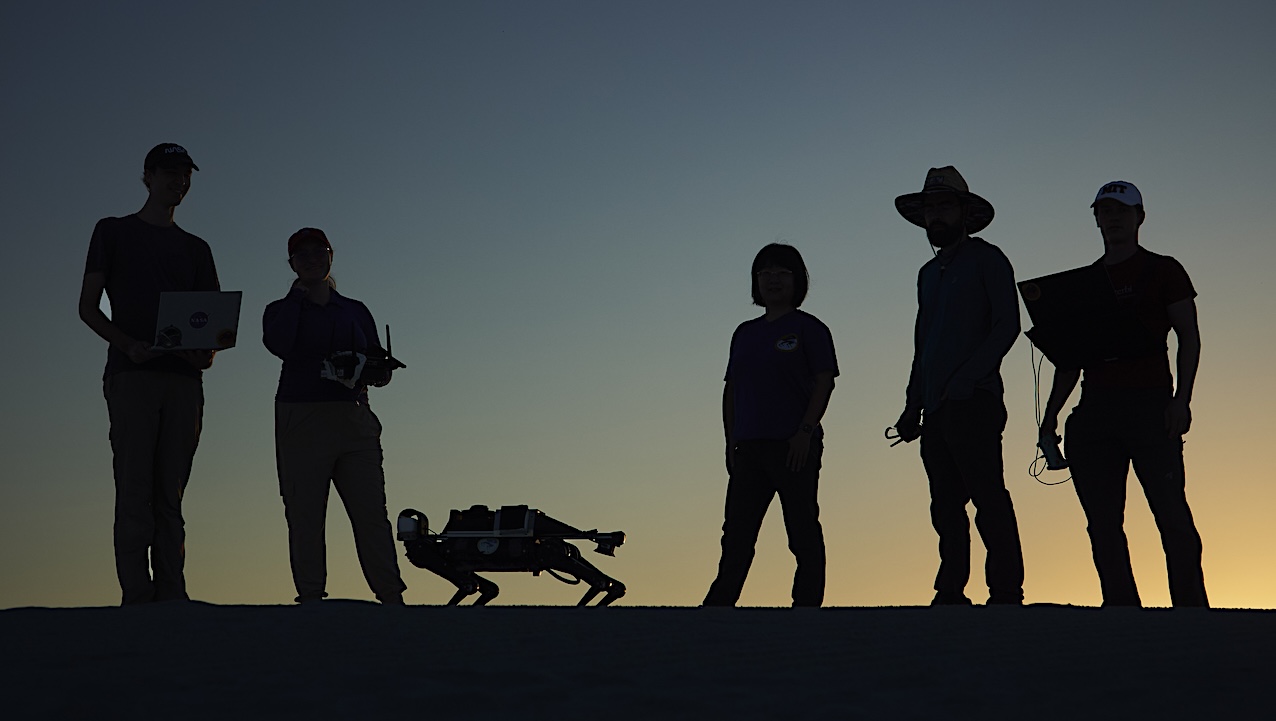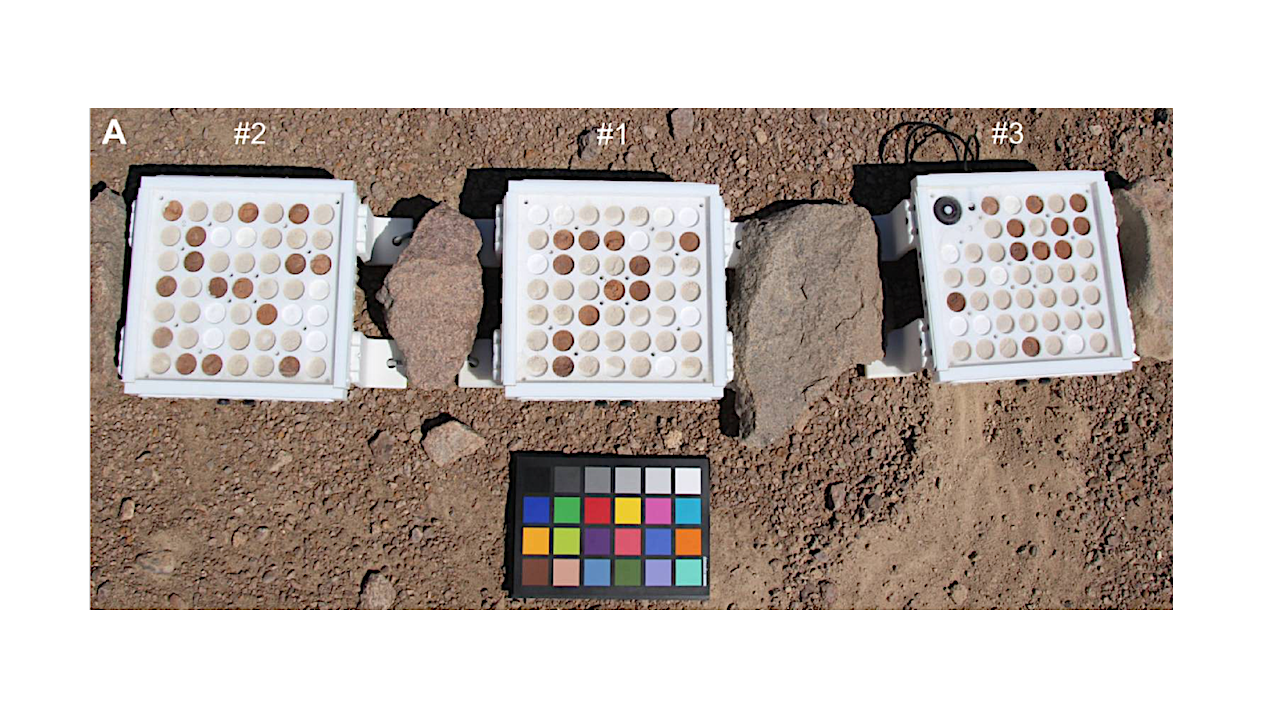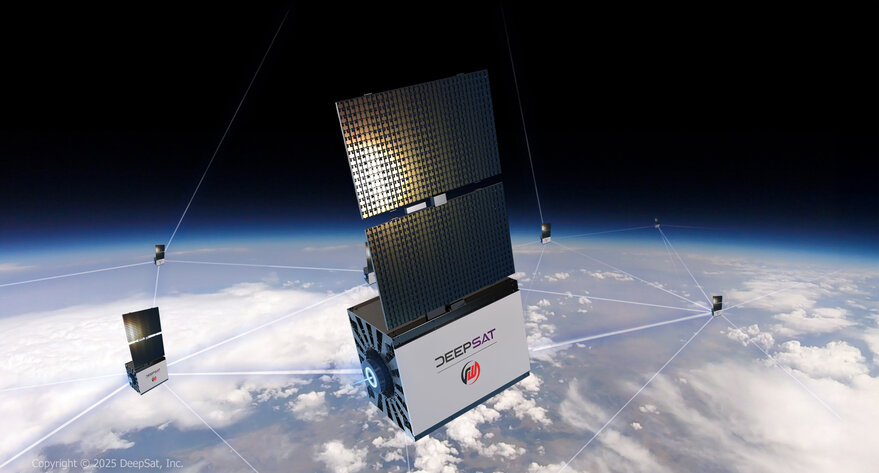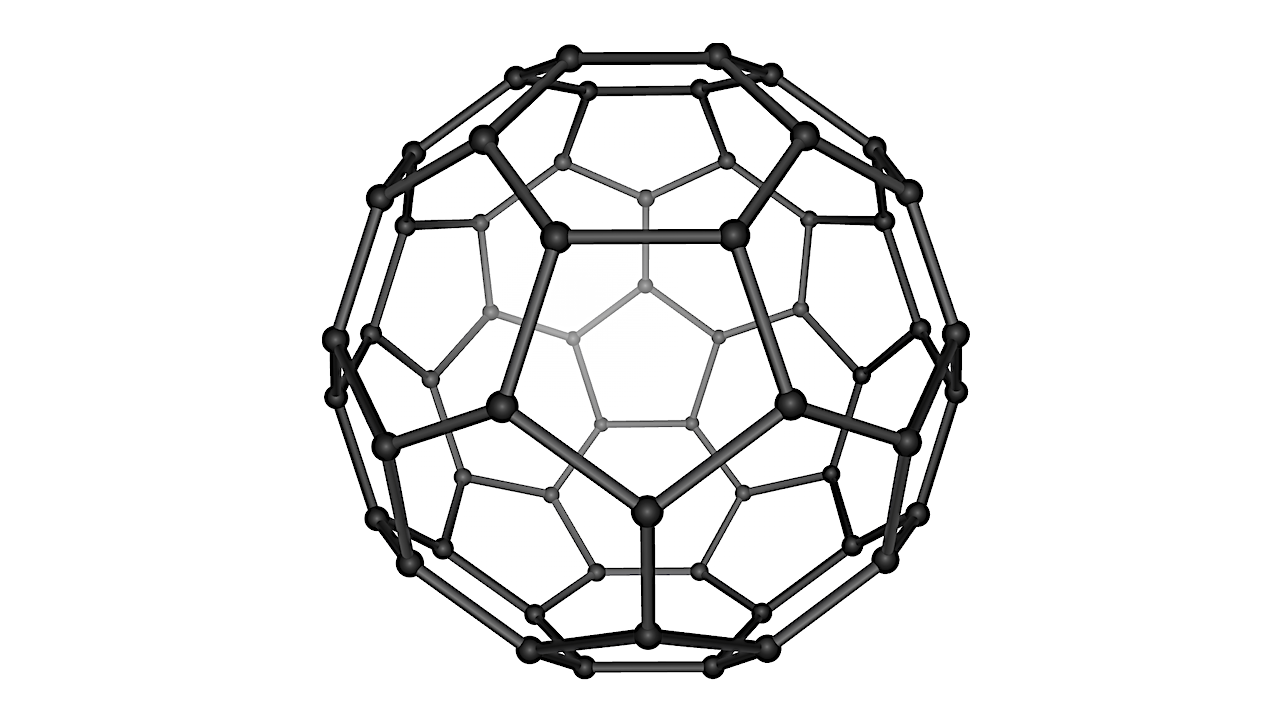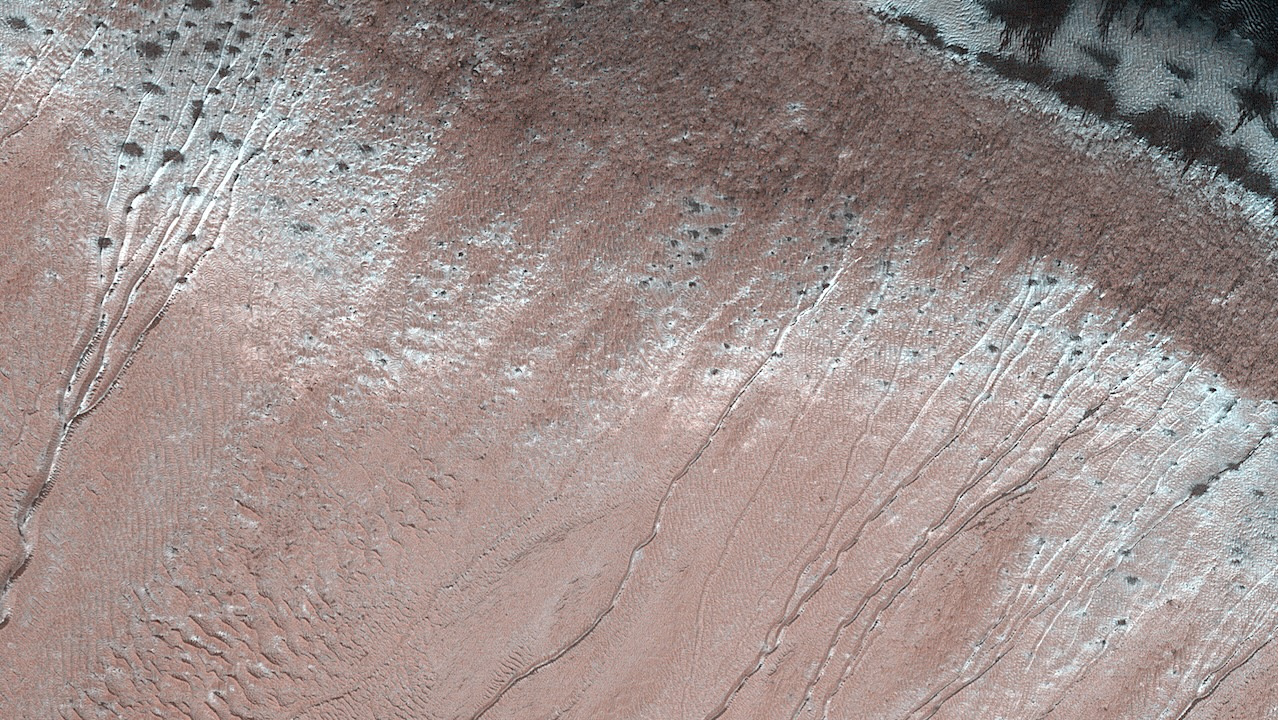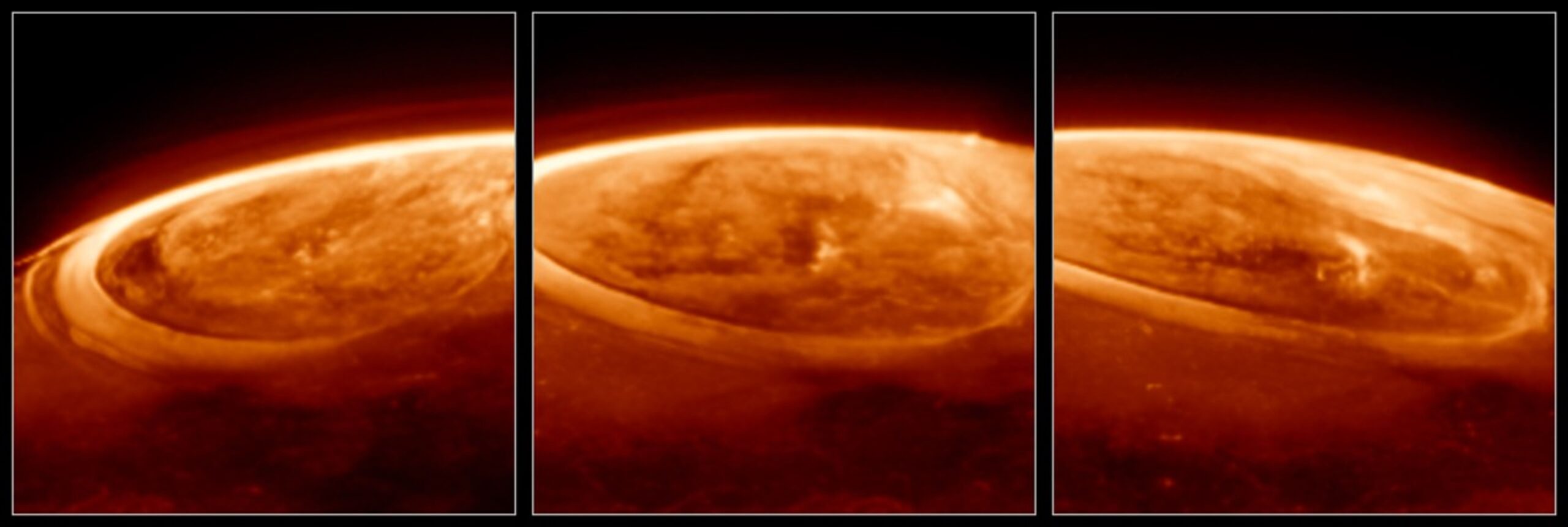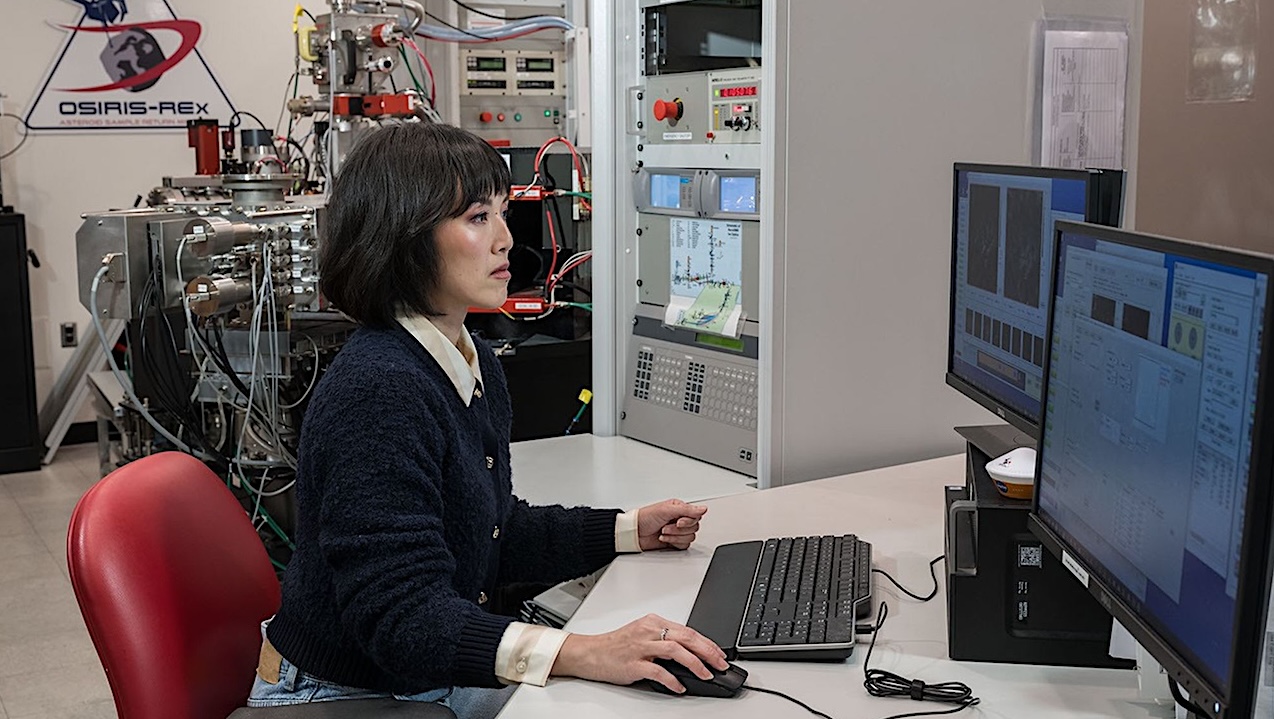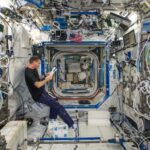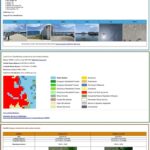Scientists and robot at White Sands National Park — Oregon State University Researchers are closer to equipping a dog-like robot to conduct science on the surface of Mars after five
Archive for August, 202524- Page
NASA Exoplanet Science Institute To the NASA Keck Observer Community: Due to several issues, including the six-week closure of the Keck II telescope and instrument calibration problems with the Keck
(A) Exposure experiment in the Atacama Desert 2 months after setup (Plate #1 was exposed 2 months, plate #2 4 months, and plate #3 8 months, an additional plate remained
SAN FRANCISCO – Southern California startup DeepSat won a $1.25 million U.S. Air Force contract to develop very low Earth orbit (VLEO) monitoring capabilities. To continue reading this article: Register
This article was originally published at The Conversation. The publication contributed the article to Space.com’s Expert Voices: Op-Ed & Insights. The International Court of Justice issued a landmark advisory opinion
Fullerene C60 — Wikipedia Fullerenes of extra-terrestrial origin may have been accessible as carbon sources for anaerobic microorganisms on the early Earth. Very little is known about how anaerobic microorganisms
Scientists have devised a new method for mapping the spottiness of distant stars by using observations from NASA missions of orbiting planets crossing their stars’ faces. The model builds on
ID: ESP_063775_1295, date: 4 March 2020, altitude: 251 km NASA/JPL-Caltech/University of Arizona Larger image Gullies are common on steep slopes of many impact craters on Mars. When gullies were first
The shimmering northern lights that streak across Alaska’s skies have wilder cousins on Jupiter — they’re bigger, stranger, and now tied to a discovery helping scientists better understand space weather.
Ann Nguyen, co-lead author of a new paper that gives insights into the diverse origin of asteroid Bennu’s “parent” asteroid works alongside the NanoSIMS 50L (nanoscale secondary ion mass spectrometry)
-
 012024 in Review: Highlights from NASA in Silicon Valley
012024 in Review: Highlights from NASA in Silicon Valley -
 02Panasonic Leica Summilux DG 15mm f/1.7 ASPH review
02Panasonic Leica Summilux DG 15mm f/1.7 ASPH review -
 03How New NASA, India Earth Satellite NISAR Will See Earth
03How New NASA, India Earth Satellite NISAR Will See Earth -
 04And Thus Begins A New Year For Life On Earth
04And Thus Begins A New Year For Life On Earth -
 05Astronomy Activation Ambassadors: A New Era
05Astronomy Activation Ambassadors: A New Era -
06SpaceX launch surge helps set new global launch record in 2024
-
 07Space Force plans new ‘Futures Command’ amid pressure to speed up modernization
07Space Force plans new ‘Futures Command’ amid pressure to speed up modernization


